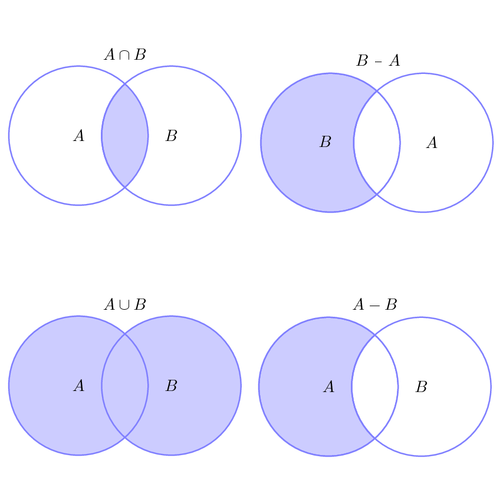I am thrilled about presenting to the Southern New England SQL Server User Group (SNESSUG) on June 12, 2013. I always love the home team advantage by knowing the audience very well. It makes for a relaxing environment to teach and attendees to learn. Here is the gritty details of the presentation that I will be exploring during the 90 minute talk. Topic: Effective Data Warehouse Storage Patterns Abstract: Many companies start off with a simple data mart for reporting. As the company grows, users become dependent…
Month: May 2013
Operator Precedence
I am going to bring closure to my series of very short articles or tidbits on Transaction SQL Operators. An operator is a symbol specifying an action that is performed on one or more expressions. I will exploring the operator precedence today. In mathematics and computer programming, the order of operations is a set of rules used to clarify which procedures should be performed first in a given mathematical expression. I do not have enough time in this very short article to go over the eight levels that group and…
Unary Operators
I am going to stick to writing my series of very short articles or tidbits on Transaction SQL Operators. An operator is a symbol specifying an action that is performed on one or more expressions. I will exploring the Unary Operators today. In mathematics, a unary operation is an operation with only one operand. Microsoft Transaction SQL has three unary operators: positive, negative, and bitwise not. I have personally used the bitwise operators when dealing with data from car manufacturing devices that use application specific integrated circuits (ASIC). Since the…
String Operators
I am going to press on with my series of very short articles or tidbits on Transaction SQL Operators. An operator is a symbol specifying an action that is performed on one or more expressions. I will exploring the String Operators today. These operators can be broken down into two categories: concatenation and pattern matching. Out of the two operators, pattern matching is the most complex. Transaction SQL has both a simple and compound version of the concatenation operator. This operator takes two strings and combines them into one. Please…
Set Operators
I am going to promote my series of very short articles or tidbits on Transaction SQL Operators. An operator is a symbol specifying an action that is performed on one or more expressions. I will exploring the Set Operators today. A Venn diagram is used to express different operations between sets. The above image represents the four possible operations given two sets, A and B, and three operators. We will get into the operators supported by Microsoft Transaction SQL shortly. To demonstrate these operators, we need a two temporary tables…
Logical Operators
I am going to make headway on the series of very short articles or tidbits on Transaction SQL Operators. An operator is a symbol specifying an action that is performed on one or more expressions. I will exploring the Logical Operators today. In short, these operators return either a boolean TRUE or FALSE. To demonstrate many of these operators, we need a temporary table to query against. The Transaction SQL code below creates a table that contains the first eight prime numbers. Any complex real world programming example probably has…
Compound Operators
I am going to forge ahead with my series of very short articles or tidbits on Transaction SQL Operators. An operator is a symbol specifying an action that is performed on one or more expressions. I will exploring the Compound Operators today. These operators are a short hand for taking a variable @V, applying some operator O and storing the result as variable @V. A long way to write out adding 2 to variable @V is the expression @V = @V + 2 while the short way is the expression…
Comparison Operators – Part 2
I am going pick up writing my series of very short articles or tidbits on Transaction SQL Operators. An operator is a symbol specifying an action that is performed on one or more expressions. I will continue examining the Comparison Operators today. These comparison operators are known as the less than = symbols in inequality and equality mathematics. I will be examining how a sample operator works with character, date/time, money and binary data types. Remember, character data types use the ASCII or UNICODE chart to determine if one character…
Comparison Operators – Part 1
I am going to keep the ball rolling with my series of very short articles or tidbits on Transaction SQL Operators. An operator is a symbol specifying an action that is performed on one or more expressions. I will exploring the Comparison Operators today. These comparison operators are known as the less than = symbols in inequality and equality mathematics. There are both ANSI standard and Microsoft specific comparison operators. I will be using the tiny integer data type to declare variables in the examples below. This allows us to…
Bitwise Operators
I am going to carry one with my series of very short articles or tidbits on Transaction SQL Operators. An operator is a symbol specifying an action that is performed on one or more expressions. I will exploring the Bitwise Operators today. Every piece of data on a computer is stored as a series of bits, either 1 or 0. Four bits are grouped together to become what is called a nibble. Two nibbles are combined to become a byte. The least significant bits are named lower nibble and the…







